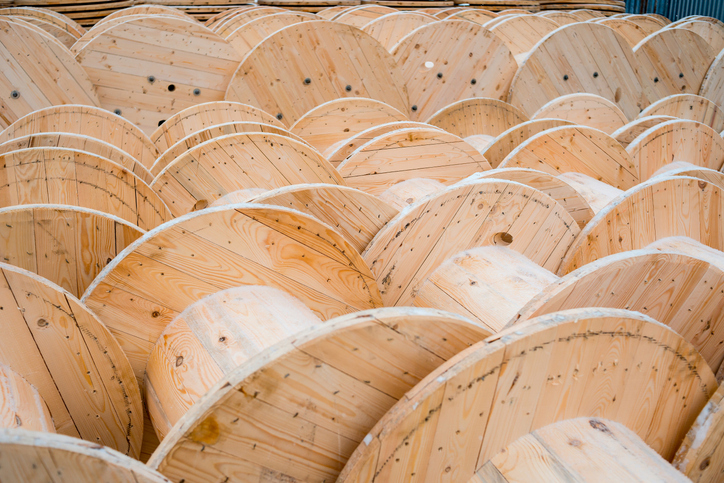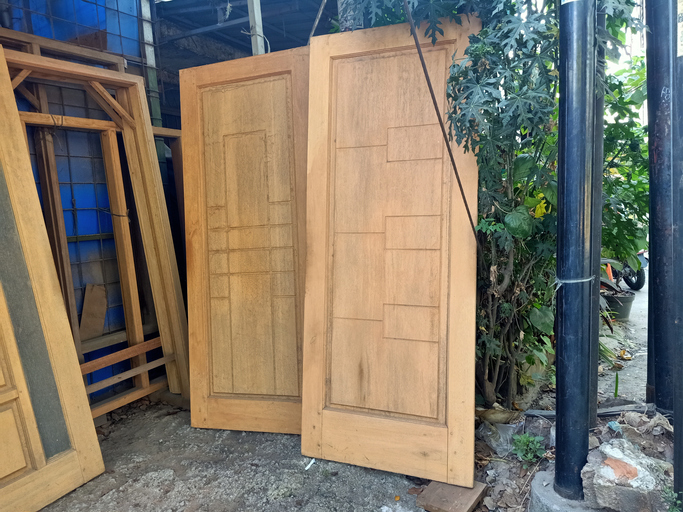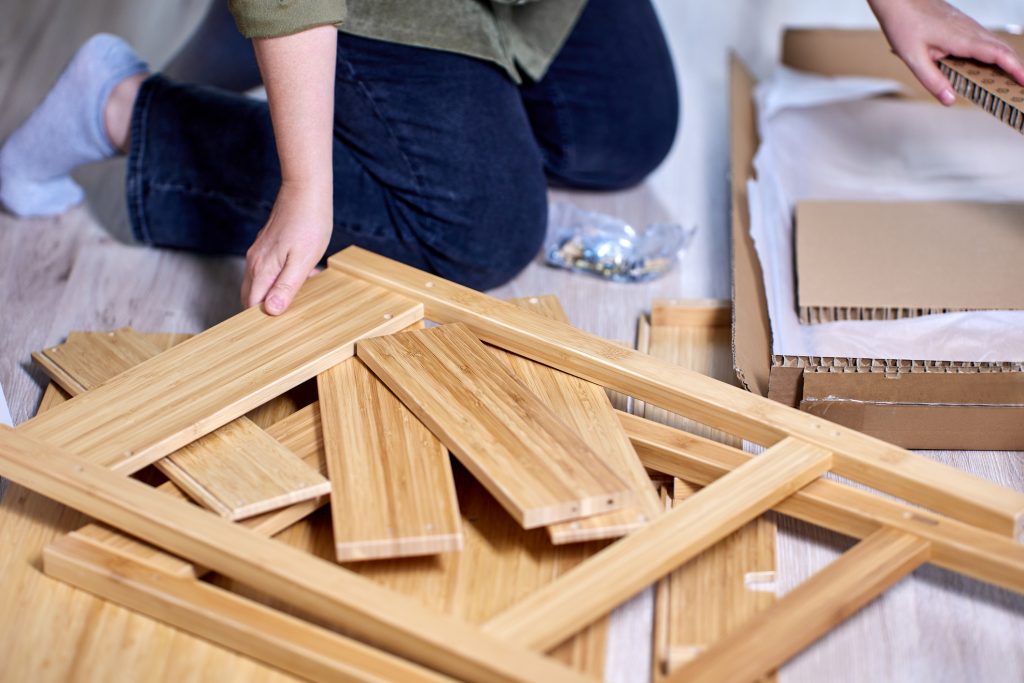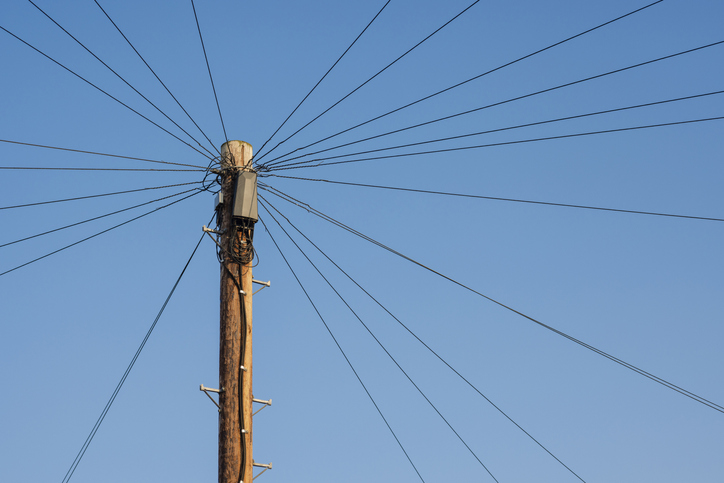Types of Waste Wood Grades Explained
By now, you might be aware that there were some changes in September 2023 to how wood waste is categorised and handled. These changes centred around hazardous wood waste and timber, with the regulation allowing for this to be collected normally being withdrawn.
It is now no longer possible for us to accept hazardous wood waste, and you can read a little more detail about the changes in our announcement from last month. We can, however, still accept non-hazardous wood for recycling.
We realise this change might affect both our new and existing customers, which is why we wanted to take a closer look at the wood grades being used to categorise this waste type.
Why are the wood grades important?
While the changes may seem challenging or frustrating, the wood grades are designed to help everyone better understand the options for the waste that has been generated. This is so that you can decide how to deal with the waste and what the possibilities are for potentially recycling it based on any chemical treatment or contamination it may have been subjected to.
Let’s now look at some of these grades and the types of items within them.
What wood waste is Grade A?
Grade A wood waste is your uncontaminated wood, with no treatment, paints or coatings — nothing added. Think of it like a school grade; if you’ve got an A, then it’s perfect. This type of wood can be easily recycled in a number of ways, including for use as biomass fuel or chipped for animal bedding and chipboard products.
At SCS Waste, if you’ve got wood that fits the Grade A category then we can accept this waste in our skips and recycling services as it is clean.

What wood waste is Grade B?
Grade B wood waste is that which has a small amount of contamination due to varnishing or painting. This means that it will need a little extra attention to get rid of these hazardous elements before it can be repurposed. You’re likely to have this type of waste if tackling demolition work.
Once processed, Grade B waste could be put into MDF products or used as mulch and compost.

What wood waste is Grade C?
Grade C wood waste is a combination of the two previous grades plus board products that you’d usually find in flat-pack furniture and DIY products. It’s likely to have various plastics, metals or glass present within it, which means it needs a little more effort to separate it out.
Grade C wood can then be put back into biomass energy in the form of chips and pellets once processed.

What wood waste is Grade D?
Grade D wood waste is the hazardous waste that we cannot accept here at SCS Waste. This wood is likely to have been treated with a variety of substances, from creosote and chlorophenol formulas (pesticides and dyes) to oils and fuels that may have seeped into them. Typical examples of this include telegraph poles, railway sleepers, barge boards and soffit boards.
This type of wood must only be disposed of at specialist hazardous waste facilities where it can be properly treated to avoid contaminating clean wood.

If you’re unsure about the wood waste you have and whether we accept it, don’t hesitate to get in touch with our friendly team who can provide more advice and assistance. As leading skip hire and waste management experts for Arundel, Littlehampton, Bognor Regis and the surrounding areas, we want to help you maximise your recycling potential with simple, straightforward services.
Call today to book your skip or to enquire about our recycling services for the region.

